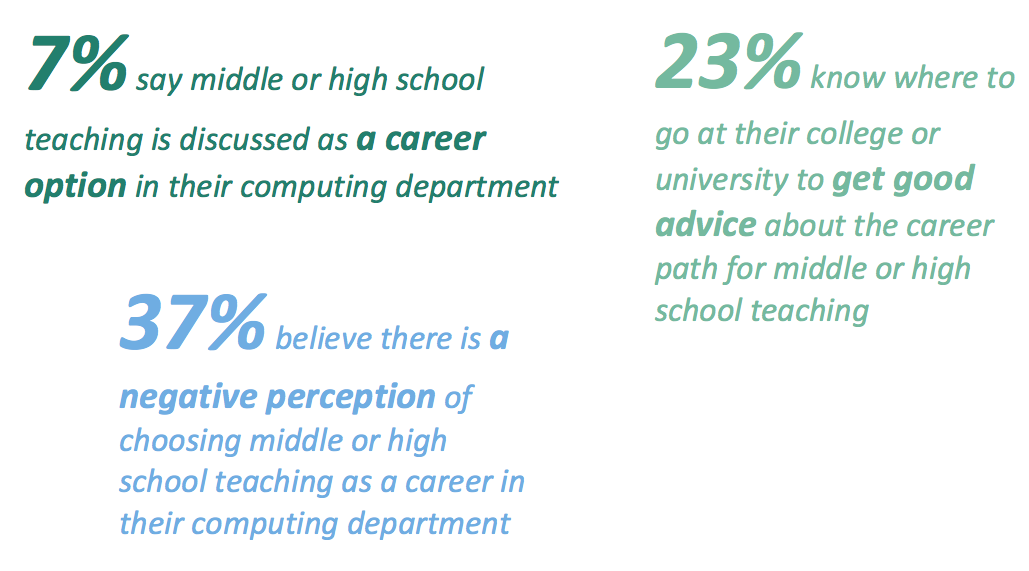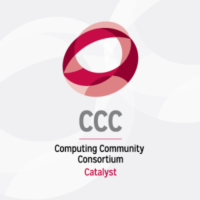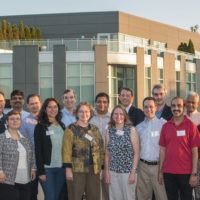Undergraduate Computing Majors Talk about Institutional Support at Their College or University for Becoming a Middle or High School Teacher

CERP asked 3,616 undergraduate computing majors about their perceptions of institutional support for becoming a middle or high school computing teacher. As seen here, very few students in this sample have been exposed to this career path in their department, and more than one-third of students perceive the career path as viewed negatively in their department. Furthermore, few students knew where to seek advice for this career path at their institution. These data suggest colleges and universities in general, and computing departments specifically, could improve the amount of emphasis placed on teaching middle or high school computing. In turn, this might result in increased interest by computing majors in becoming middle or high school computing teachers. Given recent efforts to promote widespread K-12 computing education, enhancing support for students who might be interested in becoming middle or high school computing teachers is important.
Notes. Data were collected from a sample of undergraduate students who were majoring in a computing field during the fall 2015 academic semester. Computing majors included computer science, computer information systems/informative, bioinformatics, computing and business, information technology, computer engineering, and other fields with a strong computing component. Students were asked to indicate how much they agreed or disagreed with the following statements: Middle or high school teaching is discussed as a career option in my major department; There is a negative perception of choosing middle or high school teaching as a career in my major department; I know where to go at my college or university to get good advising about the career path for middle or high school teaching, using the following scale: (1) Strongly disagree, (2) Disagree, (3) Neither disagree nor agree, (4) Agree, (5) Strongly agree. Percentages of students who responded with either Agree or Strongly agree are displayed in this visualization.
 This analysis is brought to you by the CRA’s Center for Evaluating the Research Pipeline (CERP). CERP provides social science research and comparative evaluation for the computing community. To learn more about CERP, visit our website at https://cra.org/cerp/.
This analysis is brought to you by the CRA’s Center for Evaluating the Research Pipeline (CERP). CERP provides social science research and comparative evaluation for the computing community. To learn more about CERP, visit our website at https://cra.org/cerp/.
This material is based upon work supported by the National Science Foundation under Grant Number (CNS-1246649; and/ or DUE-1431112). Any opinions, findings, and conclusions or recommendations expressed in this material are those of the author(s) and do not necessarily reflect the views of the National Science Foundation.









